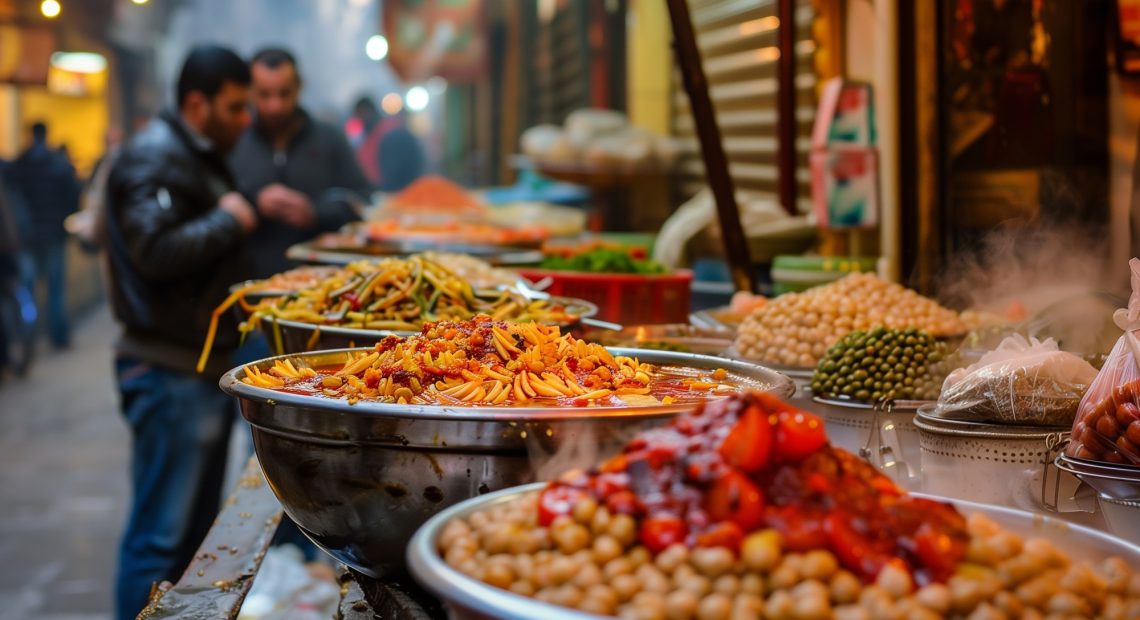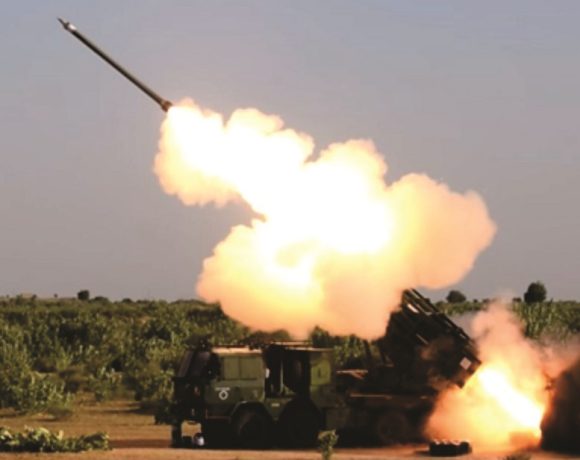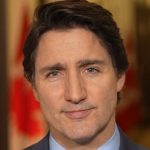
India’s Middle Class Faces Crunch as Inflation Hits Spending
India’s middle class is feeling the pinch as persistent inflation forces urban households to curtail spending on daily essentials and discretionary items.
This trend, impacting everything from fast food to consumer goods, is raising concerns about the country’s economic growth, which has heavily relied on urban consumption post-pandemic.
Middle-Class Shrinkage: A Warning Sign
The shrinking middle-class demographic, a key driver of India’s economy, is a growing worry for consumer goods companies. Nestlé India Chairman Suresh Narayanan remarked, “There is a top end – the people with money are spending like it’s going out of style. But the middle class, where most FMCG firms operate, seems to be shrinking.”
This contraction is reflected in Nestlé India’s revenue, which recently experienced its first drop since the pandemic-hit quarter in 2020. Hindustan Unilever and fast-food chains like McDonald’s and Burger King have also reported sales declines, signaling a broader economic challenge.
Inflation’s Impact on Spending
India’s retail inflation reached a 14-month high of 6.2% in October, driven by a 10.9% surge in food prices. Coupled with wage growth below the 10-year average and tighter personal loan rules, these factors have significantly reduced disposable income for urban households.
Citibank’s urban consumption index hit a two-year low in November, underscoring the slowdown. While festive season retail sales grew by 15% year-on-year, this was half the pace of the previous year, according to Nomura.
Economic Outlook
Despite these challenges, the Reserve Bank of India projects 7.2% GDP growth for FY25, supported by improved rural demand and government investments. However, some analysts, including Citi and IDFC First Bank, remain cautious, predicting GDP growth to fall short of expectations in the July-September quarter due to sluggish urban consumption.
The situation highlights the need for balanced economic measures to rejuvenate spending and sustain India’s long-term growth trajectory.


















